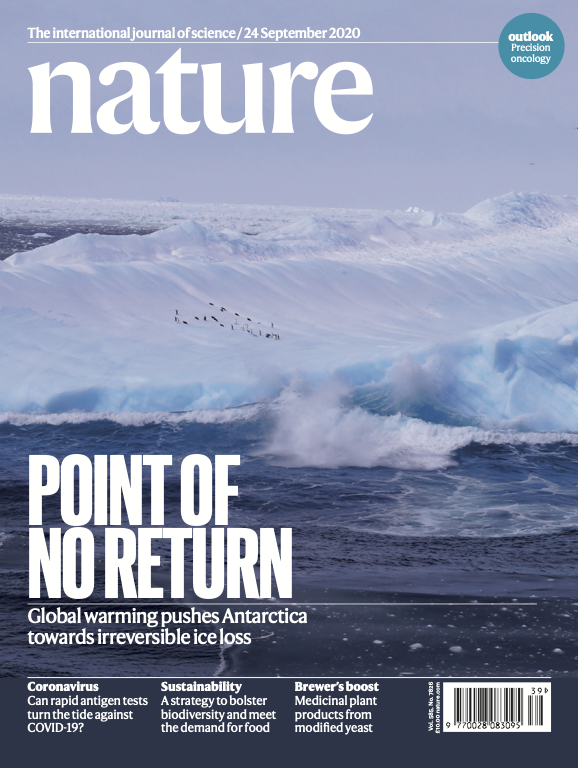Hi, I'm Julius, a climate scientist, glaciologist, and ice sheet modeler at the Potsdam Institute for Climate Impact Research, Germany. I hold a B.Sc. in Physics from Humboldt University of Berlin and an M.Sc. in Integrated Climate System Sciences from the University of Hamburg. I am currently completing my Ph.D. at the University of Potsdam.
My main research focus centers on the stability and critical thresholds — or tipping points — of the Antarctic Ice Sheet, as well as their contribution to global sea levels under global warming.
I am also interested in how climate and socio-economic tipping processes interact within the interconnected Earth system.
I contribute to the development of the Parallel Ice Sheet Model (PISM), an open-source computer model used to simulate ice sheets and glaciers, and have contributed to multiple international model intercomparison projects.
At the Potsdam Institute, I'm part of the Ice Dynamics working group within the Earth Resilience Science Unit (ERSU), co-led by Prof. Ricarda Winkelmann and Prof. Johan Rockström.
My work is funded by the Leibniz project DominoES on interacting tipping elements in the Earth system and the EU's Horizon 2020 project TiPACCs on tipping points in Antarctic climate components.
Recent News
13 Oct 2025: I am honored to have contributed to the Global Tipping Points Report 2025. The report was launched today and is available online at global-tipping-points.org.
30 May 2025: Very excited to share that our new publication "Antarctic Ice Sheet tipping in the last 800,000 years warns of future ice loss" was published today in Communications Earth & Environment (open access). See also the official PIK press release.
21 Oct 2024: New publication: Earth's hypsometry and what it tells us about global sea level (open access).
4 Sep 2024: The latest Antarctic sea-level projections from the Ice Sheet Model Intercomparison Project (ISMIP6) are now published and available online (open access).
6 Dec 2023: The first-ever Global Tipping Points Report, to which I contributed in the chapter on tipping points in the Earth's cryosphere, was launched today at COP28 in Dubai, UAE. The full report is available online at report-2023.global-tipping-points.org.
8 Nov 2023: I am glad to have contributed to the WE-Heraeus seminar kicking off the international modelling intercomparison project on tipping points in the Earth system (TIPMIP).
2 Nov 2023: Our new paper introducing a novel surface melt model for the Antarctic Ice Sheet is finally published after over two years in the making! Go check it out - both the paper and the model code are open access!
7 Sep 2023: Overly excited that our two-paper study on the present-day stability of the Antarctic Ice Sheet from our TiPACCs project is finally out! Find it here: Part 1 / Part 2 (open access). See also the press release and accompanying video.
2 May 2023: I am glad that our paper investigating the climatic, environmental and socioeconomic effects of 1.5°C overshoot scenarios is finally published! Find it here (open access).
9 Jan 2023: Our new paper "The evolution of future Antarctic surface melt using PISM-dEBM-simple" is now available as a preprint in The Cryosphere (open access).
23 May 2022: I just presented some of my current work at the EGU General Assembly 2022 in Vienna, Austria. Click here for the abstract. Also see this X thread for other work that I've contributed to.
3 Dec 2021: We have been working hard to release a brand new major version of our open-source ice sheet model PISM! In addition to lots of new features, v2.0 includes a new logo designed by me, a shiny new homepage and a new X account.
16 Oct 2021: One of the key outcomes of our DominoES project is now available online: A paper describing a conceptual framework for the interactions of tipping elements in the natural and socioeconomic spheres.
18 Aug 2021: I am glad to have participated in and contributed to the WE-Heraeus seminar on "Interacting Tipping Elements in the Natural and Social Components of the Earth System" (InTENSE).
13 Jan 2021: Our Nature study "The hysteresis of the Antarctic Ice Sheet" is among the top 25 climate papers most talked about in 2020!
4 Dec 2020: Read my blog post about what hysteresis is and how it affects the Antarctic Ice Sheet at EGU Blogs.
23 Sep 2020: Our paper "The hysteresis of the Antarctic Ice Sheet" was published today in Nature and will be featured as the cover story of tomorrow's issue! You can find the paper here. Also see the official PIK press release.
14 Feb 2020: Our paper summarizing the results of the Linear Antarctic Response Model Intercomparison Project (LARMIP-2) is out! Find it here (open access). Also see the official PIK press release.
19 Dec 2019: The agenda-setting paper for our DominoES project is now available as a preprint on arXiv (open access).

Nature Cover 09/2020 "Point of no Return": Study on the hysteresis of the Antarctic Ice Sheet Garbe et al. (2020)